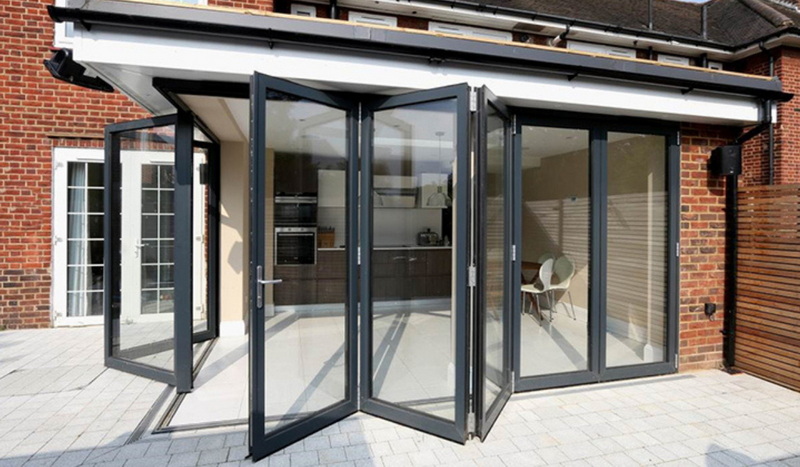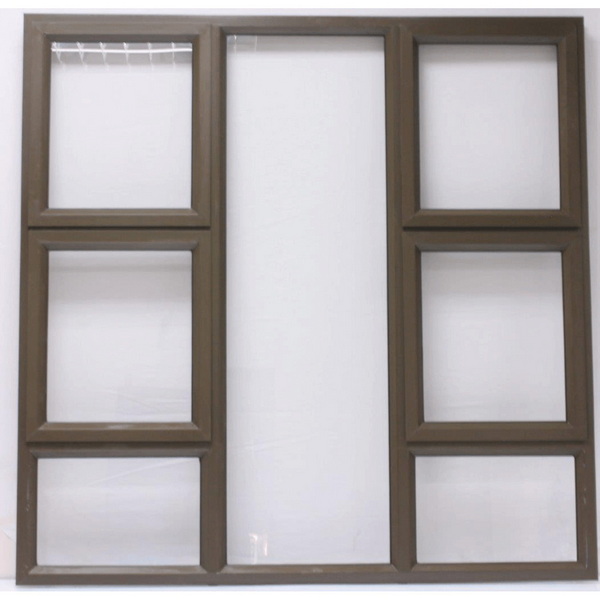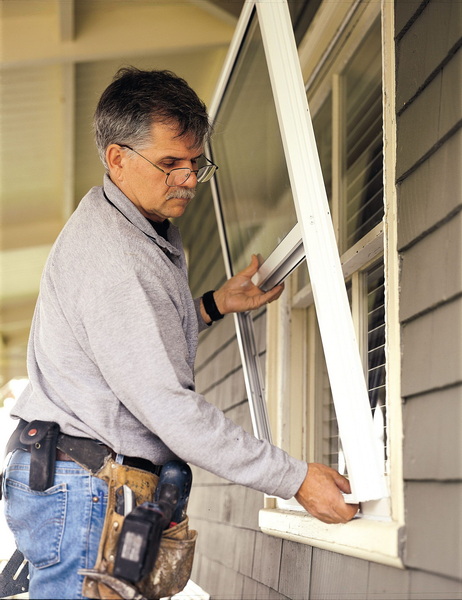English


Views: 222 Author: Dream Publish Time: 2025-01-26 Origin: Site











Content Menu
● Understanding Aluminum Windows
● Preparing for the Painting Process
>> 2. Clean the Windows Thoroughly
>> 4. Mask Off Surrounding Areas
>> 1. Select Appropriate Paint
>> 2. Apply Paint in Thin Coats
>> 3. Sand Between Coats (Optional)
>> 1. Remove Masking Tape Carefully
>> 2. Clean Up
● Frequently Asked Questions (FAQ)
>> 1. Why is it important to use special paint for aluminum windows?
>> 2. How do I clean aluminum windows before painting?
>> 3. What tools do I need to paint aluminum windows?
>> 4. How can I fix peeling paint on my aluminum windows?
>> 5. Is it necessary to apply a primer before painting aluminum windows?
Painting aluminum windows can be a rewarding DIY project that not only enhances the aesthetic appeal of your home but also protects the metal from the elements. With the right preparation, materials, and techniques, you can achieve a professional-looking finish. This guide will walk you through each step of the process, ensuring your aluminum windows look refreshed and last for years to come.

Aluminum windows are popular due to their durability, lightweight nature, and resistance to corrosion. However, their original finish may fade or become scratched over time. Painting them offers a cost-effective way to restore their appearance and protect them from further damage.
Proper preparation is crucial for a successful paint job. Follow these steps to prepare your aluminum windows for painting:
Before starting, ensure you have all necessary materials:
- Cleaning Supplies: Mild detergent, water, sponges, and cloths.
- Sanding Tools: Fine-grit sandpaper (220-400 grit) or sanding sponges.
- Priming Supplies: Metal primer specifically designed for aluminum.
- Painting Tools: High-quality acrylic or epoxy paint suitable for metal surfaces, brushes or rollers, and spray equipment if preferred.
- Protective Gear: Gloves, masks, and goggles to protect yourself from fumes and dust.
- Masking Supplies: Painter's tape and drop cloths to protect surrounding areas.
Start by cleaning the aluminum frames with warm soapy water. Use a sponge or cloth to scrub away dirt and grime. For stubborn stains or grease, consider using a degreaser. Rinse thoroughly with clean water and allow the frames to dry completely.
Once clean, lightly sand the aluminum surface using fine-grit sandpaper. This step is essential as it helps create a rough texture that allows the primer to adhere better. Be careful not to sand too aggressively; you just want to scuff the surface.
Use painter's tape to cover any areas you do not want painted, including glass panes and surrounding walls. Lay down drop cloths on the ground to catch any drips or spills during the painting process.
Applying a primer is vital for ensuring that the paint adheres well to the aluminum surface.
Select a high-quality primer specifically formulated for metal surfaces. Self-etching primers are particularly effective as they bond well with aluminum.

Using a brush or spray can, apply an even coat of primer over the entire surface of the window frames. Start at one corner and work your way around in smooth strokes. Allow it to dry completely according to the manufacturer's instructions.
With your windows prepped and primed, it's time to apply paint.
Choose an acrylic latex paint or epoxy-based paint designed for metal surfaces. Acrylic paints are often preferred due to their flexibility and resistance to cracking.
When painting:
- Use a brush for edges and corners.
- Use a roller or spray gun for larger areas.
Apply thin coats of paint rather than one thick layer; this helps prevent drips and ensures an even finish. Allow each coat to dry fully before applying additional layers—usually two to three coats are sufficient for good coverage.
For an ultra-smooth finish, lightly sand between coats with fine-grit sandpaper once each layer has dried completely. Wipe away any dust before applying the next coat.
Once you've achieved your desired color depth with paint:
After the final coat has dried, carefully remove all masking tape while being cautious not to disturb the fresh paint.
Dispose of any used materials properly and clean your brushes or spray equipment according to manufacturer instructions.
To keep your painted aluminum windows looking fresh:
- Regularly clean them with mild soap and water.
- Avoid abrasive cleaners that could scratch the paint.
- Inspect periodically for any signs of wear or damage that may need touch-ups.
To ensure your painting project goes smoothly, consider these additional tips:
- Choose Weather-Friendly Days: Ideally, paint on days with mild temperatures (between 50°F and 85°F) and low humidity levels.
- Test Paint Colors: Before committing to a color, test it on a small section of the window frame or in an inconspicuous area. This will help you see how it looks in different lighting conditions.
- Use Quality Tools: Invest in good-quality brushes or rollers for better application results. A high-density foam roller can provide a smooth finish without brush marks.
- Consider Spray Painting: For larger window frames or intricate designs, using a spray gun can provide more even coverage compared to brushes or rollers.
Painting aluminum windows is an effective way to enhance your home's appearance while providing protection against environmental factors. By following these steps—preparing properly, choosing quality materials, and applying paint carefully—you can achieve a long-lasting finish that revitalizes your windows.

Aluminum requires specific types of paint that adhere well and resist fading over time; regular paints may not bond effectively.
Use warm soapy water with a sponge or cloth; rinse thoroughly and allow them to dry completely before painting.
You will need brushes/rollers/spray equipment, sandpaper, primer, appropriate paint, masking tape, drop cloths, and safety gear like gloves and goggles.
Sand down any peeling areas until smooth, apply primer again if necessary, then repaint those sections.
Yes, primer enhances adhesion which helps ensure that your paint job lasts longer without peeling or chipping.
[1] https://www.homebuilding.co.uk/advice/painting-aluminium-windows
[2] https://www.thyssenkrupp-materials.co.uk/index.html/technical-knowledge-hub/painting-aluminum
[3] https://www.youtube.com/watch?v=KdanPL9bamg
[4] https://www.wideline.com.au/how-to-paint-and-clean-aluminium-window-frames/
[5] https://www.newlinepainting.com.au/how-to-paint-aluminium/
[6] https://www.youtube.com/watch?v=Y5hp6ieYVf8
[7] https://www.thepaintshed.com/tips-advice/how-to-paint-aluminium-window-frames
[8] https://www.columbiapaintco.com/exterior-painting/here-are-four-tips-for-painting-aluminum-materials/
[9] https://www.bunnings.com.au/diy-advice/diy-skills/painting/transform-your-aluminium-window-frames
[10] https://www.facadeconcepts.com.au/blog/paintingaluminiumwindows
[11] https://www.youtube.com/watch?v=GNBQeP-WAE8
[12] https://www.workshop.bunnings.com.au/t5/Best-Advice/What-is-the-best-way-to-paint-aluminium-windows/ta-p/81622
[13] https://www.instructables.com/How-to-Paint-Aluminum-and-Keep-It-Painted/
[14] https://procoverpainting.com.au/aluminium-window-spray-paint-guide/
[15] https://www.chiefdelphi.com/t/how-to-paint-aluminum/167477
[16] https://www.youtube.com/watch?v=FjrhV9IPTKE
[17] https://elitepropainting.com/unlock-the-secrets-how-do-i-paint-aluminum-like-a-pro/
[18] https://www.reddit.com/r/lightsabers/comments/xpddcp/aluminum_surface_prep_and_painting_process/
[19] https://www.alimax.ltd/news/can-you-paint-aluminium-window-and-door-frames
Seven Requirements for External Doors And Windows of Passive Rooms
How Much Do You Know about The Design Standards for Aluminum Alloy Door And Window Dimensions?
Welding Vs Stainless Steel Fabrication: Understanding The Manufacturing Process Differences
Stainless Steel Fabrication Vs Powder Coated Steel: Durability And Cost Comparison
CNC Machining Vs Stainless Steel Fabrication: Pros And Cons for Industrial Use
Stainless Steel Fabrication Vs Carbon Steel Fabrication: Key Differences Explained
Stainless Steel Fabrication Vs Aluminum Fabrication: Which Is Right for Your Project?
Stainless Steel Grades 201 Vs 304: Cost Vs Performance Breakdown
316L Vs 316 Stainless Steel Grades: Which Is Better for Corrosion Resistance?
Comparing Austenitic Vs Martensitic Stainless Steel Grades: What You Need To Know?
